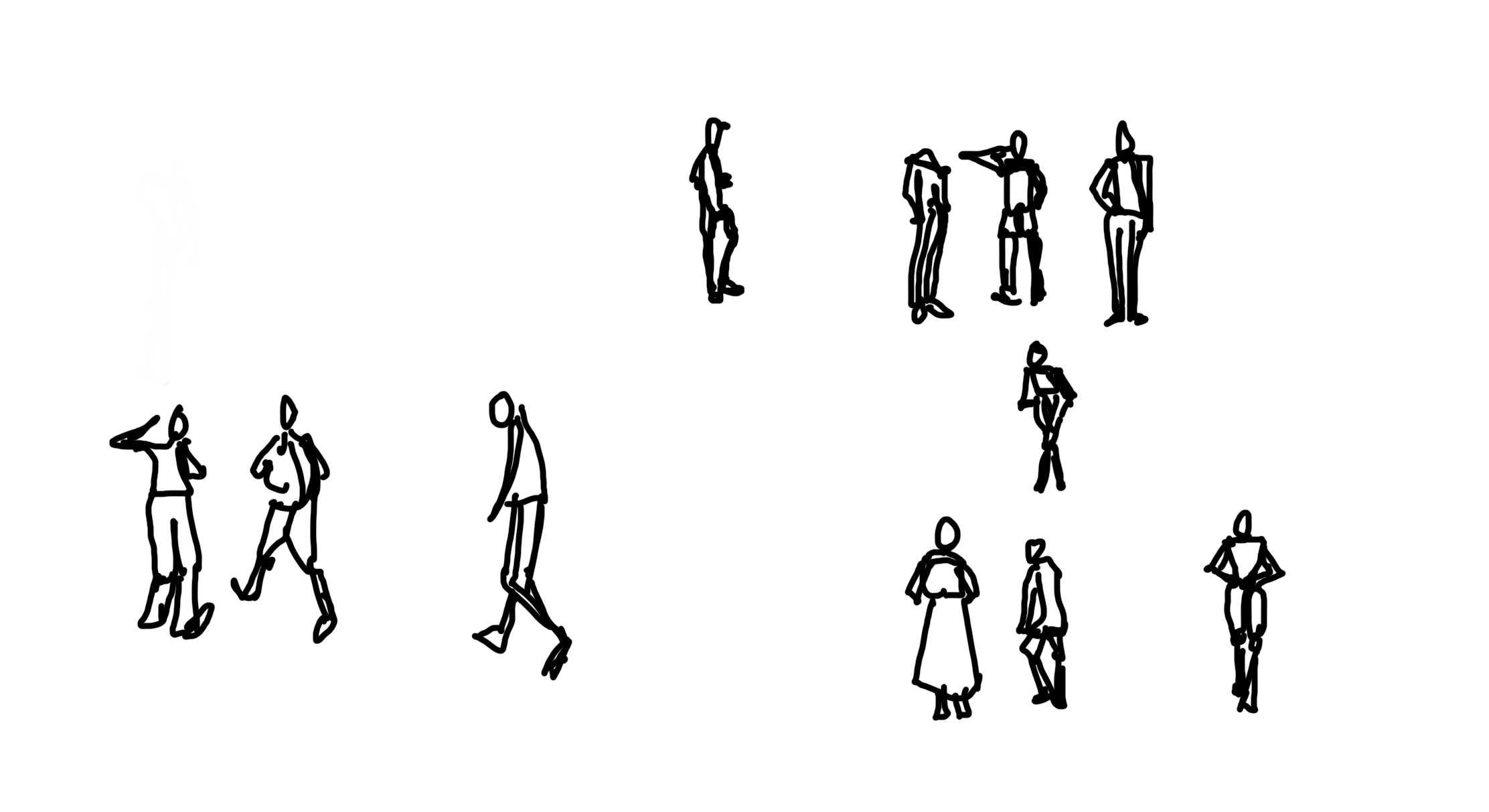May 16th is an annual celebration of drawing. We’re celebrating by offering you exercises you can try today or any day.
Learning to draw might be on your social isolation to-do list. Or maybe drawing seems too scary to attempt. If you’ve ever written your name on a piece of paper, you’re prepared to learn to draw. (Download our Drawing Day Booklet for more exercises to try.)
Many people think of drawing as the ability to render realistically. But drawing encompasses many forms of expression.
Doodles could be considered a type of drawing. People don’t feel intimidated about doodling. They’re just marks on the side of your notes — not art, you might think. Those same skills, however, can help you feel comfortable drawing. You’ve spent a lifetime doodling, so you are prepared for these lessons.
Holding your Pencil
Writing is an important form of human communication. After you learn to write, you rarely think about the way the pencil or pen is held. Artists, however, often will shift the tool in their hand to get different effects.
- Start by picking up your writing utensil. Write a line.
- Reposition your pencil or pen to hold it an angle. Draw more lines.
- Continue to play with the angle of the writing tool. Explore the different effects on the paper.

Shading
Much of the draftsman’s work is knowing how to use your writing utensil to deliver a variety of lines and shades. Pencil control is learned. Artists spend hours honing their abilities. Try these exercises:
- Filling a sheet of paper with many different strokes.
- Make 7 equal boxes on your paper. Use a pencil to create a graded scale of shades.
- Draw the same item, like a coffee cup, in each of the shades from your scale.
- Draw a houseplant only depicting the shadows.
- Make a drawing using no lines.

Contour
Drawing requires translating the three-dimensional world onto the flat surface. Forms can be rendered using shadows and shading or by focusing on the contour edges. In contour drawing, you focus on the outlines of a form rather than the details.
- Look in the mirror. Draw yourself without looking at the paper. Focus your eyes on your face.
- Draw something in your kitchen. Use a single line.
- Draw your pet using a single line. Draw 7 more contour drawings of your pet as they move. (If you don’t have a pet, draw pets from online videos).

Copying
Drawing requires confidence in your mark-making. Many people falter when they are first trying because their initial sketches don’t “look like anything.” Many artists spend time copying, just as many musicians learn music by playing works written by others. Have you ever tried a step-by-step drawing, like copying a cartoon? Seeing the steps helps you gain confidence. The hardest part of drawing from the real world is translating the three-dimension to a flat surface. When you copy, you translate from one flat surface to another, simplifying the process and increasing your chance of success.
- Try drawing some of the doodles in the gif.
- Try drawing from a magazine.
- Explore the museum’s collection online. Choose 1 work you love. Draw it 20 times.

Vantage Points
Translating three-dimensional space requires learning how to trick the eye. Draftspeople learn how to use line and shadow to imply depth.
- Draw the same object from many different angles.
- Sit on the floor. Draw the room. Find a high stool. Draw the same room.
- Draw your desk and all of its items. Move across the room. Draw your desk again.

Gesture Drawing
Strong draftspeople not only have confidence and skill but also decisiveness. Hesitancy is visible in halting lines and inconsistent forms.
- Draw the clouds. Start your first drawing on the hour. Make a drawing every hour for a whole day.
- Draw all the people you see in the next show you watch.
- Draw your pet 100 times.
Color
Life is in living color. Adding color to your drawings immediately transforms the level of realism.
- Draw a coffee cup in blue. Draw the same object again in another color. Repeat five more times.
- Draw the forms in your room using 1 color other than black. Add a second color other than black for the shadows.
- Use color to create a drawing using only dots.
- Try any of the exercises in the other sections using color.
Thank you for joining us in this exploration of drawing. This is just the tip of the pencil. Keep drawing and healthy.


